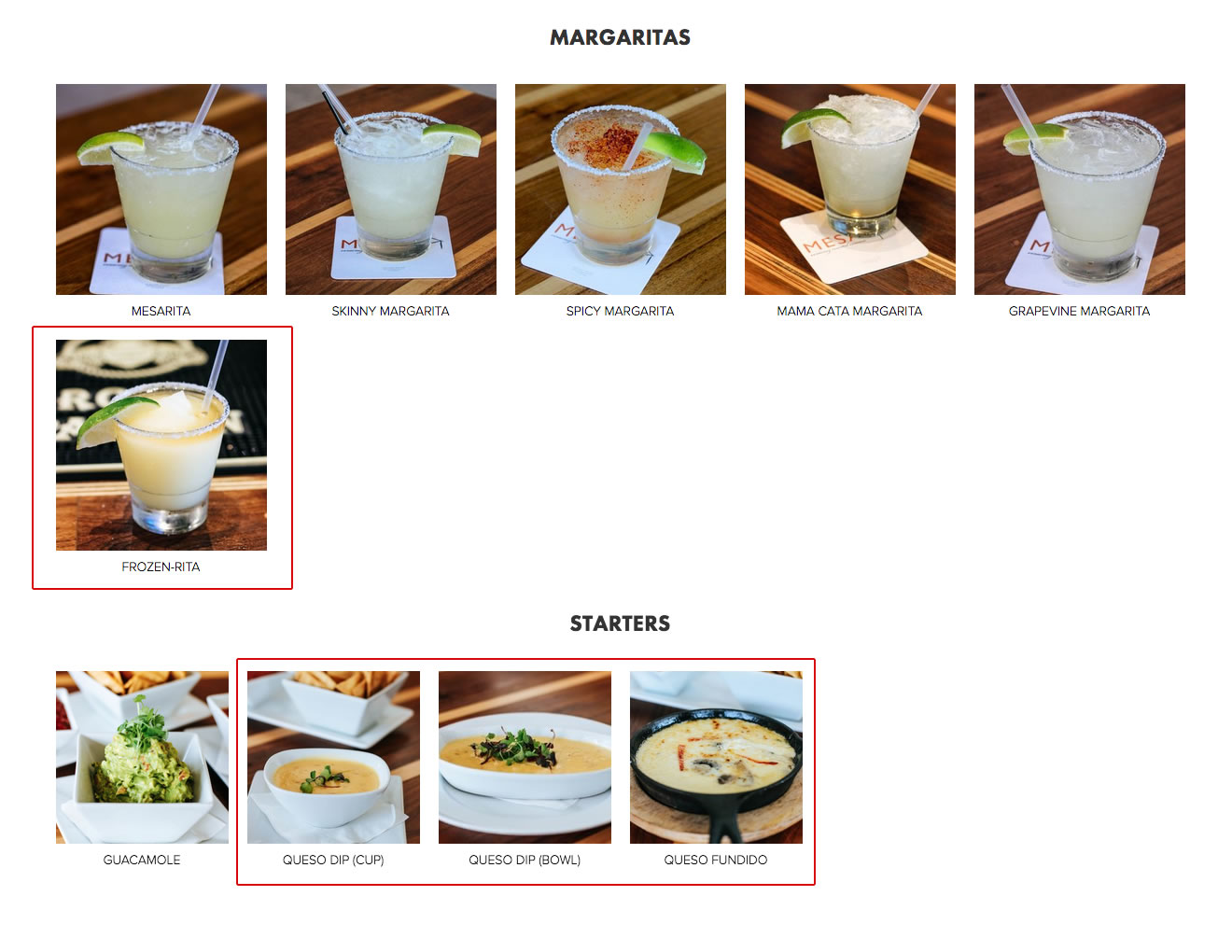Proofreading is hard.
But it’s necessary.
In my Monday morning ‘down a rabbit hole,’ I was looking into a local restaurant for dinner with some friends for this evening. I hit their menu to see if there’s anything that I’d be interested in (there is) and then I got distracted by the rest of their website (as I often do). I ended up on the Blog page wondering just what a local Mexican restaurant might be blogging about these days. Riveting stuff for most of you, I’m sure.
While I applaud the efforts of any business to actually take heed of the recommendations we often give in the web world of, “provide your customers fresh and relevant content on your website,” it was easy to see that this blog has just been farmed out to a content factory to generically produce Mexican restaurant/food related content. I’m not dogging the practice or the effort but it doesn’t take an expert to see this content for what it is — in this case, blog posts written more for the SEO (search engine optimization) purpose of getting Google to send them traffic rather than focusing on content written for humans first.
The reason for me to come to my own blog and point all of this out? Just to note that if they’re going to continue utilizing a content creation company (which I fully applaud the utilization of a good one for a lot of businesses), I’d at least encourage them to proofread or a least loosely scan the content before (or just after) it gets posted on their website.
Case in point:
In their second most recent blog post titled, “How to Tell if You’re Eating at An Authentic Mexican Restaurant in Grapevine Texas,” I find it interesting that they conclude their entire blog post with the following lines, “If you are ready to experience some real authentic Mexican food Grapevine TX, contact us to make a reservation today. It will be our pleasure to serve you our most delicious dishes.”
I only call attention to the fact that they’re pretty clear in the few paragraphs prior, outlining what restaurants a diner should avoid due to the establishment’s inability to be “authentic.” The two that jumped out at me quickly were their points that Mexican restaurants selling ‘queso’ and ‘frozen margaritas’ were obviously inauthentic — and while I’m not here to dispute the authenticity of these statements — I would like to call the attention to their Dinner Menu page where they clearly are not afraid to sell me both queso (multiple types) and frozen margaritas.

But hey, something’s better than nothing, right?
If you need me this evening, you can find me dinning at the possibly-authentic Mesa Grapevine while sampling some of their finest queso and frozen margaritas.
P.S. Mesa, happy to give you a recommendation or two for content creation (or at least proofing help) companies if you’d like!